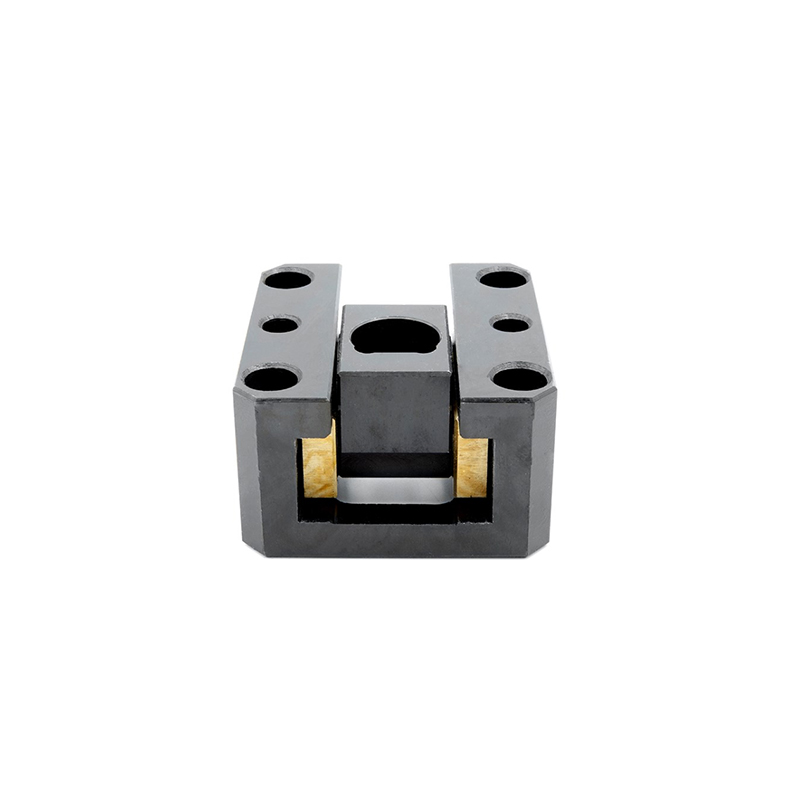(1) Injection molding The plastic is first added to the […]
(1) Injection molding
The plastic is first added to the heating barrel of the injection machine. The plastic is heated and melted. Driven by the screw or plunger of the injection machine, it enters the mold cavity through the nozzle and the mold pouring system. It is hardened and shaped into injection molding due to physical and chemical effects. Products. Injection molding consists of a cycle consisting of injection, pressure holding (cooling) and demolding of plastic parts, so injection molding has periodic characteristics. The molding cycle of thermoplastic injection molding is short, the production efficiency is high, the wear of the melt on the mold is small, and the plastic parts with complex shapes, clear surface patterns and markings, and high dimensional accuracy can be molded in large quantities; but for plastics with large wall thickness changes It is difficult to avoid molding defects. The anisotropy of plastic parts is also one of the quality problems, and all possible measures should be adopted to minimize it.
(2) Compression molding
Commonly known as compression molding, it is one of the earliest methods of forming plastic parts. Compression molding is to add plastic directly into an open mold cavity with a certain temperature, and then close the mold. Under the action of heat and pressure, the plastic melts and becomes a fluid state. Due to physical and chemical effects, the plastic is hardened into a plastic part with a certain shape and size that remains unchanged at room temperature. Compression molding is mainly used for molding thermosetting plastics, such as phenolic molding powder, urea-formaldehyde and melamine-formaldehyde molding powder, glass fiber reinforced phenolic plastic, epoxy resin, DAP resin, silicone resin, polyimide, etc. It can also be molded into unsaturated polyester material (DMC), sheet molding compound (SMC), prefabricated integral molding compound (BMC), etc. Generally, according to the matching structure of the upper and lower molds of the compression film, the compression mold Spring are divided into three types: overflow, non-flooding, and semi-flooding.
(3) Extrusion molding
It is a molding method in which the plastic in a viscous flow state passes through a die with a specific cross-sectional shape under high temperature and a certain pressure, and then is shaped into a continuous profile with the desired cross-sectional shape at a lower temperature. The production process of extrusion molding includes preparation of molding materials, extrusion molding, cooling and shaping, pulling and cutting, and post-processing of extruded products (tempering or heat treatment). In the extrusion molding process, pay attention to adjusting the temperature of each heating section of the extruder barrel and the temperature of the die head, screw revolutions, traction speed and other process parameters to obtain qualified extruded profiles. Special attention should be paid to adjusting the rate of polymer melt extruding from the die. Because when the extrusion rate of the molten material is low, the extrudate has a smooth surface and uniform cross-sectional shape; but when the extrusion rate of the molten material reaches a certain limit, the surface of the extrudate will become rough and lose gloss , There are phenomena such as shark skin, orange peel, and shape distortion. When the extrusion rate is further increased, the surface of the extrudate will be distorted, and even split and break into melt fragments or cylinders. Therefore, the control of extrusion rate is very important.
